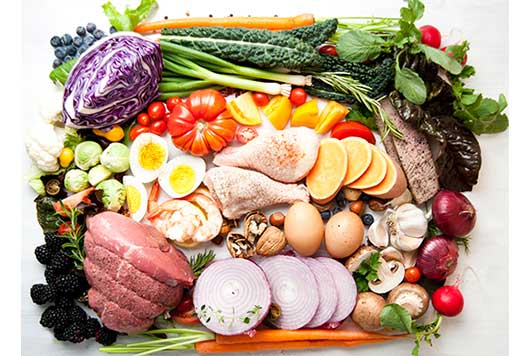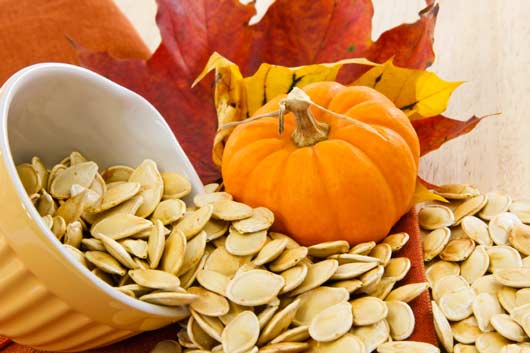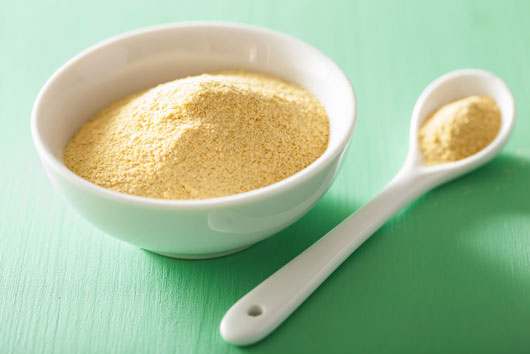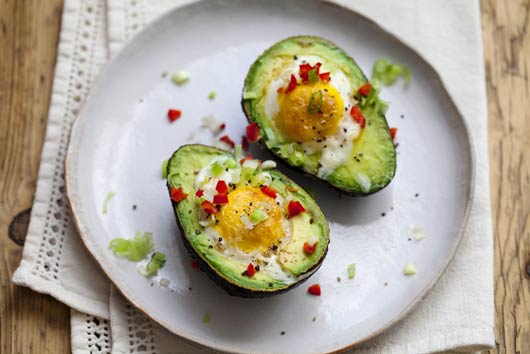
Called a diet revolution by some and a fad diet by others, there’s no question that the Paleo Diet is in vogue right now. The diet, based on the diets of Paleolithic hunter/gatherers who lived about 50,000 years ago, is also referred to as the “Caveman diet.” The Paleo Diet espouses followers to eat like their pre-agricultural Paleolithic ancestors, and that means lots of meat, fruit, vegetables and seeds, and no processed grains or legumes. In short, that means no bread or flour-derived products, no beans, no dairy, and no processed food.
Read Related: A Detox Diet: Perfect Before, After or During the Holidays
We took a look at some pros and cons of the Paleo Diet, and present our top 5 reasons to love (and hate) the Paleo:
5 Reasons to Love Paleo:
-
You get rid of processed foods. There’s little argument that modern humans’ dependence on chemical-packed, high-sodium, low nutrition processed food is a major cause of the US obesity epidemic and related problems, such as diabetes, food allergies/intolerance, heart disease and more.
-
You have to cook. Because you’re not buying any processed foods, you have to cook everything you eat. This means you shop more carefully and think about everything you eat, and that’s a good thing.
-
You’ll eat more fiber. Getting enough fiber is a challenge for most of us. But with the Paleo Diet, your fiber intake increases, thanks to all those fruits and vegetables.
-
You’ll get more vitamins. The Paleo Diet helps followers increase their vitamin and mineral intake without supplements, since lean meat and fresh fruit and vegetables are vitamin-packed.
-
You’ll feel less bloated. Paleo Diet devotees attest that the first result of the diet is decreased bloat, which is can be caused by all those processed grains. In short, no bread = no bloat.
5 Reasons to Hate Paleo:
-
It’s expensive. Critics point out that Paleolithic humans followed this “diet” out of necessity. They didn’t have farming skills so they ate what they could hunt and gather. Produce and meat are among the more expensive items in the supermarket, so not everyone can afford to go Paleo.
-
Times have changed. Paleolithic humans were not consuming meat and produce that was packed with growth hormones, pesticides and GMOs. Unless you go 100% organic (even more costly), you’re not even close to replicating the diet of your hunter/gatherer ancestors.
-
All that meat. Unless you are buying grass-fed, certified organic, very lean meat and fish, the increased meat consumption—especially red meat—required by the Paleo Diet could lead to heart disease, high blood pressure and a host of other ills. Plus the cattle farming industry is a huge contributor to greenhouse gases, another problem our ancestors didn’t have to worry about.
-
It’s difficult to follow. Many critics of Paleo assert that any diet that restricts several food groups—and for Paleo it’s all processed and whole grains, legumes and dairy—is difficult to follow and leaves our modern, non caveman bodies craving these food groups.
-
Cavemen didn’t live very long. Paleolithic life expectancy was around 30, more if you were particularly healthy and lucky. So Paleolithic humans didn’t live long enough to develop the diseases like diabetes, heart disease and cancer. Sure, they had sabre-toothed tigers chasing them around and they could die from a toothache. Their lives were brief and filled with physical hardship. Thus critics say that using Paleolithic diet and health as a model for modern humans is just a faulty comparison. In other words, you can’t compare a 20 year old Paleolithic female (who had likely already given birth to multiple children, few of which would have survived infancy) to a 50 year old modern US woman who has access to healthcare, sanitation, consistent shelter from the elements and a kitchen to cook in.











